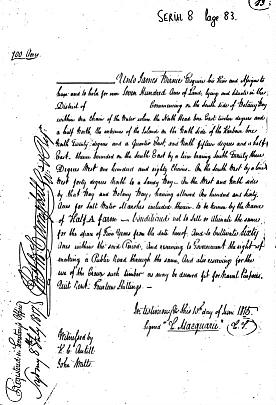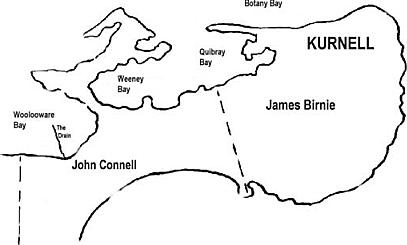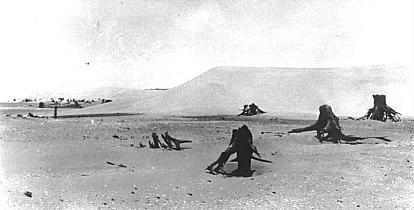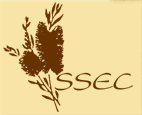 • Earliest Settlers
• Earliest Settlers
• Thomas Holt
• Dunes Violated
• The Sandhills
• Alpha House
|
Occupation |
Earliest Settlers - Birnie, Connell, Laycock
Twenty seven years after the First Fleet departed from Botany Bay the first official land grant in the pre-Sutherland Shire was made to James Birnie, a merchant trader and master of a sealing and whaling sloop. In 1815, he was given, 'On Promise', Portion No.1, 700 acres of land and 160 acres of saltwater marshes. The semi-literate clerk recorded the grant as he heard it: Birnie's Alpha Farm (meaning 'the beginning') became Half-A-Farm in the official records. |
 |
Birnie intended building a whaling station there. He set up a farm, market garden and dairy and built a homestead, which he named Curnell (the Aboriginal name for the area as he heard it). There he installed his caretaker/manager while he pursued whaling and other shipping interests from his Sydney home.
In 1801 John Connell, widowed in England, came to Australia with his two children (Margaret and John), as a free settler. He transferred his London business to Sydney, setting up a large ironmongery shop where Australia Square now stands. Catherine Sullivan, a convict transported to Australia in 1798, was assigned to Connell as a servant and, after marrying him in Sydney was pardoned. |
 |
In 1821 Connell obtained 'On Promise' an additional 1000 acres on Quibray Bay. When the 66 year old Birnie was declared insane in 1828, the trustees of the Birnie Estate sold his land to John Connell. In the same year, Connell erected a cottage, Alpha House, on the foundations of Birnie's old three-roomed house.
Margaret Connell, who had married Captain Thomas Laycock, had two sons, Elias Pearson Laycock and John Connell Laycock. Both parents died when the boys were young, and John Connell became their guardian.
By 1838 almost the entire Kurnell Peninsula, including Birnie's 'Half-A- Farm', was in the name of John Connell. John junior lived on Alpha Farm. This Connell cleared heavily, selling the timber in Sydney. He transported ironbark, turpentine, blackbutt, mahogany and red cedar from the Hacking River and Kurnell areas to the Sydney market before the 1840s. By having a canal dug to Woolooware Bayin the approximate position of today's mangrove boardwalk behind the Sharks Leagues Clubhe was able to float the timber into Botany Bay whence his waiting ships carried it to Sydney. |
 |
When John Connell senior died in 1849 he left his entire Estate to his grandsons as tenants in common.
In 1856 the Government held the first auction of land in the Sutherland district at 1 per acre, but it reserved 1500 acres for fortifications on the east coast from Cape Solander to Boat Harbour (Endeavour Heights) and the Cronulla Peninsula. John Connell Laycock secured over 700 acres at the sale. By 1858 he owned 4500 acres and had settled again at Kurnell.
For J.C. Laycock, 1860 was a year of disaster. He had mortgaged most of his inheritance to Thomas Holt and had bought extensive properties in Sydney, Sutherland, Liverpool and Queensland. Six months after he had purchased the Prince of Wales Theatre (largest theatre in Australia at the time) and adjoining properties in Sydney, fire broke out destroying all of his buildings and killing two people. He was not adequately insured and was forced to sell all his mortgaged properties the following year. Laycock was a Member of the Legislative Assembly and a friend of fellow Member, Thomas Holt. Prior to his land sale he had shown Holt around his Hacking and Georges River properties. |
| Top of Page |
|
| |
|



